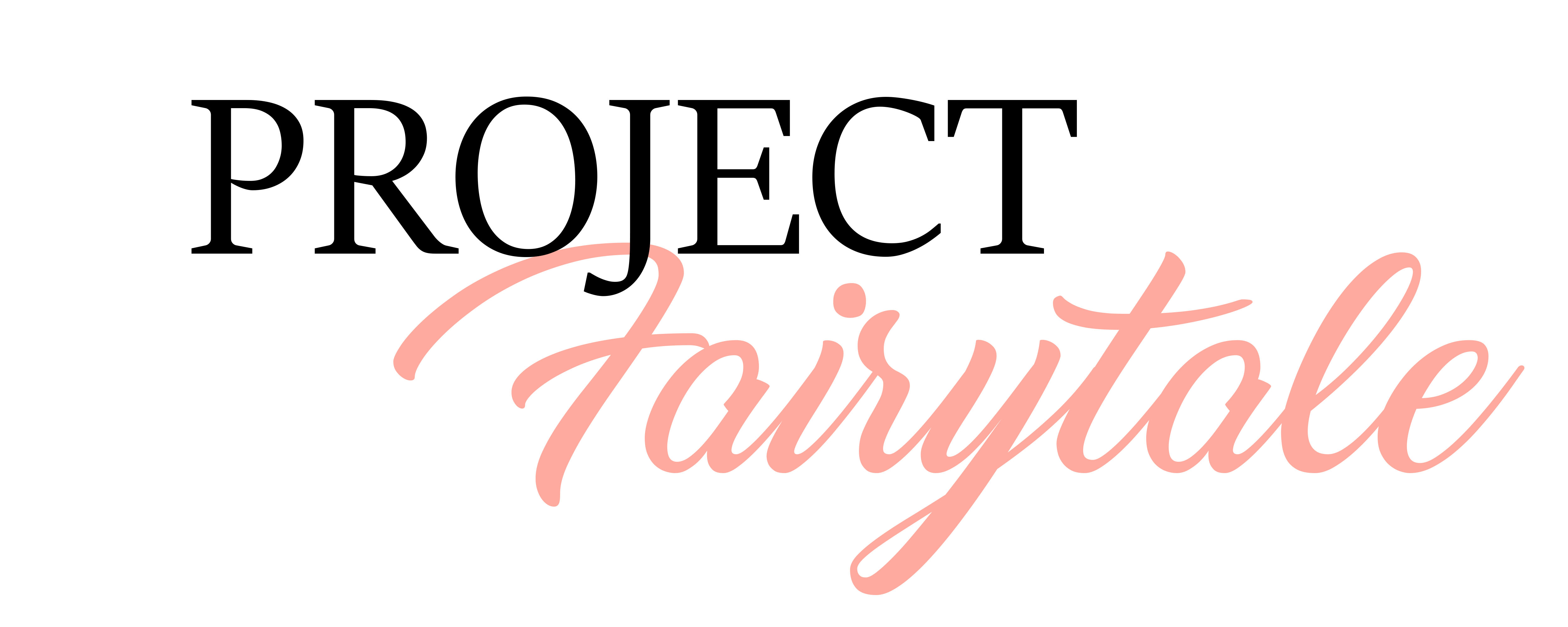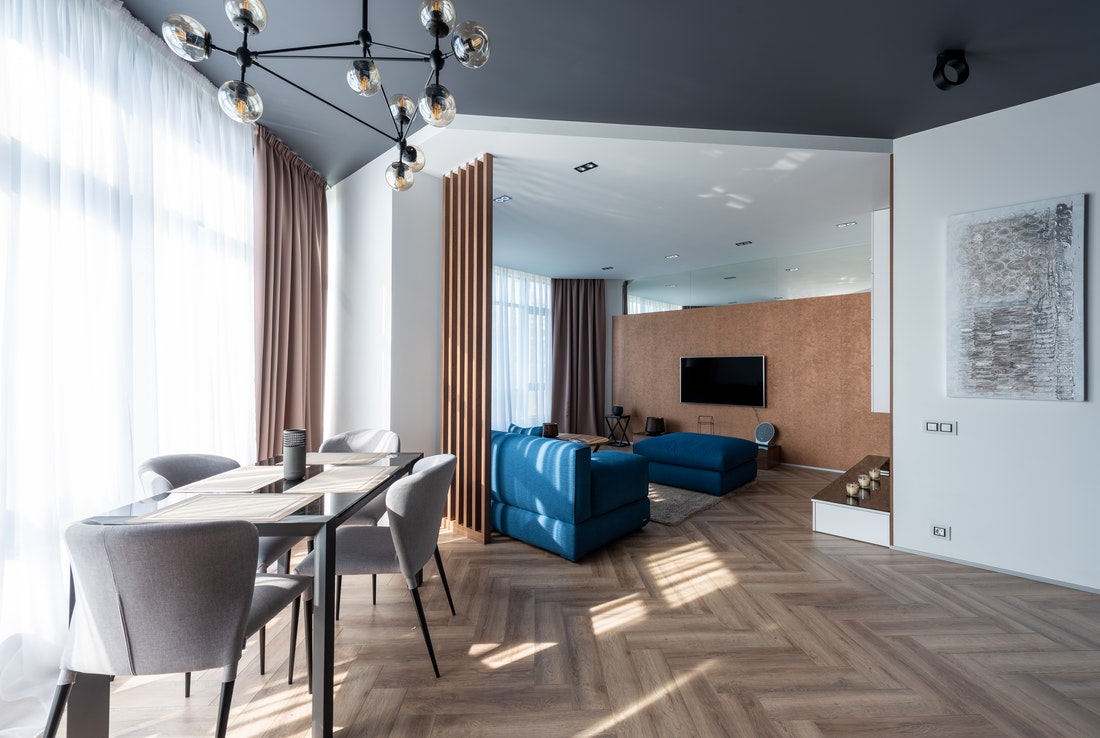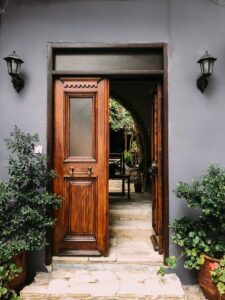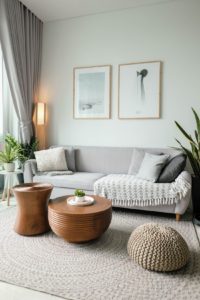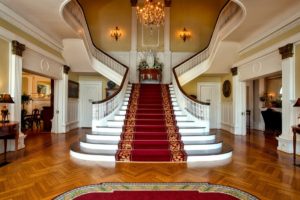Photo by Max Vakhtbovych from Pexels
Looking to upgrade your living spaces this spring? It’s a great time to plan a shuffle around or a major change, but how is your new room going to look?
Whether you’re moving home, building a home, or just having a bit of a change-up in a house you’ve been in for years, getting some ideas down on paper can make all the difference when it comes to designing how your space will look.
Interior Design Trends
In 2021, interior design trends are changing; no longer is it about sparse, minimalist white spaces, but expect to see natural materials, more storage, and multi-use spaces becoming more popular in houses of all shapes and sizes.
Following trends for your home is a great way to give it a fresh new look, but it’s important to inject some personality in everything you do, especially as your home is somewhere you can literally show off you and your style.
Start by Planning Your Space in Blocks
One of the best ways to begin designing your space is to think about your space and your furniture like blocks of space and how they will fit together.
Use a volume calculator to figure out how big your room is in 3D and how much space each of your largest pieces of furniture is; this allows you to begin designing in a 3D fashion rather than just as a 2D floorplan layout.
Designing your space in 3D using the blocks methods allows you to consider movement and flow around the room, which is an important consideration, especially in a smaller space.
Plan Around A Feature
Do you have a fancy fireplace or a bright open window? Maybe a large and decorative piece of furniture?
If you have a particular feature you’d like to show off in your room, make sure this is a big part of your design process and design around it. There’s nothing worse than having an attractive fireplace that is completely overshadowed by a huge TV.
It might be worth considering the colors of your feature piece and using that to inspire the colors of your room. Or, if your feature is a wall or something you can change the color of, creating a different colored area behind it or painting it a different color to the rest of the room to really help it stand out!
Choose Balance
Thinking about balance in a small room can be difficult, but it’s absolutely critical if you’d like to keep some sense of flow and balance in your space.
When thinking about your room’s layout, consider things like paired standing lights, a smaller set of photos on the wall opposite a bigger framed piece; anything that created a sense of balance and tranquility will boost a room’s look immensely.
Embrace Multi-Use Furniture
In today’s world of working from home and home education, embracing multi-use furniture will be important, especially as the continued lockdowns and social distancing is looking like it’s here to stay.
For this reason, multi-use furniture and good use of space when it comes to furniture is a good idea. Desks that can fold down out of the way or dropped leaf tables are great ways to add larger pieces of furniture without taking up lots of space.
Where Is the Light?
Clever use of light and making the most of natural light is the key for any room, no matter how big or small. Putting curtains higher can elongate a room, and equally using heavier curtains can make a sparse and oversized room feel a lot smaller.
If your room doesn’t have great light naturally, it might be worth considering how you can add more natural-looking lights. In today’s world of multi-colored smart bulbs and strip lighting, having lighting options has never been easier!
One incredible way to add light without taking up space is to invest in a raised set of strip lighting around the top of a room, brightening up the room while not creating harsh shadows and shapes that could detract from the decor and special features.
Let the Walls Breathe
If you have a larger room, bring the furniture away from the walls. This type of interior design detail allows the space to breathe and creates the illusion of much more space.
The same effect can be gained from using large area rugs to create the illusion of space within a space, especially if the rug is of a highly contrasting color or pattern to a plain floor and plain walls.
Keep up with Project Fairytale
